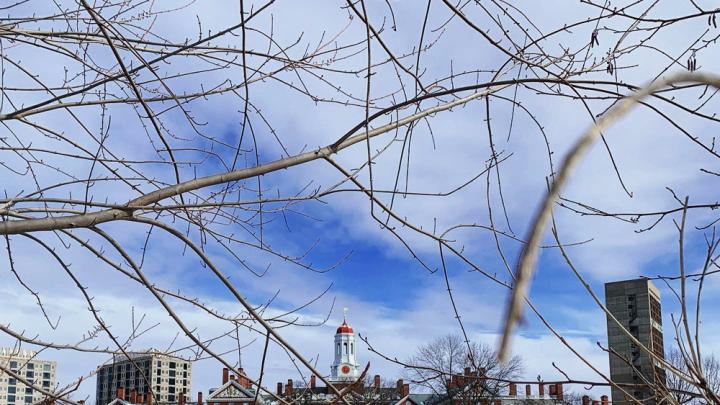With classes resumed on January 25, the College today reported preliminary tallies for undergraduates enrolled and in residence for this pandemic-affected spring semester.
•As of today, 5,227 undergraduates are enrolled (compared to a usual cohort of 6,600 or so, and in line with the 5,212 who enrolled in the fall semester)—but additional requests for leaves of absence are being processed, and this number will decline somewhat further.
•And although the College offered to house on campus this semester all seniors, most juniors, and students who cannot complete their academic work at home, with 3,100 spaces available in single rooms (from which students still have to take their coursework remotely), only somewhat more than 1,700 decided to accept that offer: about one-third of the students actually enrolled this semester, and 26 percent of a normal College cohort of 6,660 undergraduates—up only modestly from the proportion who were resident during the fall term.
Remote instruction, social-distancing (in housing, with grab-and-go meals), the absence of in-person extracurricular activities, the closure of museums and other facilities, and rigorous coronavirus testing and contract tracing kept the student population largely safe during the fall semester. Maintaining those disciplines now is critical, given the surge in infections during the winter months nationwide and in Massachusetts (which has begun to abate locally). But the experience is undeniably constraining, as one returning senior reported earlier this week. With the arrival of arctic temperatures and snow in Cambridge this week (see photo above, taken this morning), the experience is further constrained, compared to the conditions first-year students encountered last fall, when distanced outdoor socializing was feasible early in the semester.
According to those preliminary data (subject to downward revision, as noted), first-year enrollment is 1,364, with upper classes totaling 1,257 (sophomores); 1,179 (juniors); and 1,427 (seniors). The cohort in residence—which may change as late-arriving students move in, and as registrations and leaves are finally tallied—numbers 414 first-year students, 257 sophomores, 451 juniors, and 655 seniors.
From a financial standpoint, the Faculty of Arts and Sciences will again collect far less in room and board fees than it would in a normal semester (offset to some degree by corresponding reduced expenses, but with large virus testing and tracing costs), and will have atypical flows of tuition revenue and financial-aid payments compared to a usual, fully enrolled year.








